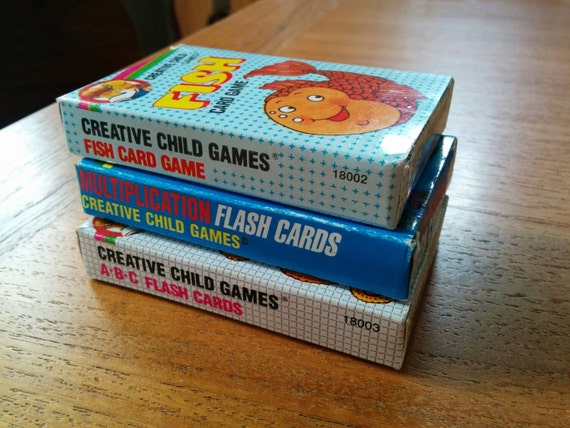
:max_bytes(150000):strip_icc()/playskoolflashcards-15968258ad704839bed14b7f48e5b53d.jpg)
This fun, addictive game is a great way to get good at a variety of skills, from addition and subtraction to decimals and division. Spending a bit of time playing these games can provide a productive break from traditional forms of studying and will help your student strengthen their math skills without feeling like they’re putting in work. If they’re not fun for your child, skip it and try the next one! Since you know your child best, make sure you choose options and challenges that are fun for your child. In fact, speed drills have been linked to math anxiety. But homework, worksheets, and flash cards aren’t the only ways kids can build their math skills! These computer games, video games, and apps are creative ways to make math fun.Īn important note for parents to keep in mind is that speed is not a goal in math. Learn more.Whether your child is learning online or in person this year, it can be tough to keep kids engaged - especially in math. If children have the opportunity to learn from their strengths, they will always exceed expectations. Right-brained learners include all children before the age of 7, those who are kinesthetic, visual, dyslexic, autistic, those with auditory processing disorder, and more. If your child is struggling to learn, the first thing to do is try a right-brained resource to gauge its effectiveness. Start today! How do I know if my child is a right-brained learner?ĥ0-60% of students are right-brained learners, but traditional teaching resources are designed for left-brain dominant learners. The world of reading will open up for your struggling reader when you use resources that are designed especially with the right-brained learner in mind. These children learn visually and tactilely, when they see the big picture, when they can learn whole words first, when they can discover patterns that exist in words, etc. Most children who struggle with reading are right-brain, visual/spatial, or kinesthetic learners who don’t learn in traditional ways. Get started today! Where can I find tools that will support my struggling reader?Īreas of difficulty in reading include knowledge of letter sounds, sounding out words, phonics rules, vocabulary, reading fluency, and comprehension. We have designed these right-brained resources for you. They need right-brained elements for learning including color-coding, pattern discovery, hands-on practice, story, visuals, and body movement. They need to visualize and understand what is happening in the problem. Right-brain learners and kids with dyscalculia do not learn through memorization and drill. Experience SnapWords® for yourself! Get SnapWords! My child is struggling with learning math facts, how can I help?Ĭhildren need to be fluent with math facts for addition, subtraction, multiplication, and division – as all higher level math comes out of this foundation. Finally, because SnapWords® pictures show the meaning of the words, comprehension is enhanced. Adding a related body movement to the sight word picture completes the learning experience for kinesthetic learners.

Visuals are recalled with 90% accuracy, so there is little more effective than pictures for learning and recall. Drilling will not help! Because SnapWords® incorporate visuals, children learn as easily as a mental camera snapping a picture and storing it in long term memory. Visual, tactile, kinesthetic learners and those with reading disabilities need more than plain text. Reading becomes much easier when children can recognize sight words instantly. Sight words are important because they make up 80-90% of the words children will see in text. Why are sight words important, and how can I help my child learn and remember them? In addition, using the related body movement will be a vital learning tool for kinesthetic learners! Our Alphabet resources are designed to utilize images, body movements, and stories for maximum effectiveness. The answer for children who have trouble with vowels and other letter sounds is to use a right-brained approach! If you embed the letters in a picture that is the same shape as the letter and also starts with the sound of the letter, children will be able to use their amazing mental camera and their natural ability to remember visuals permanently. Knowing consonant and vowel sounds is critical to reading. FAQ's How can I help my child learn letter sounds & especially vowel sounds?


 0 kommentar(er)
0 kommentar(er)
